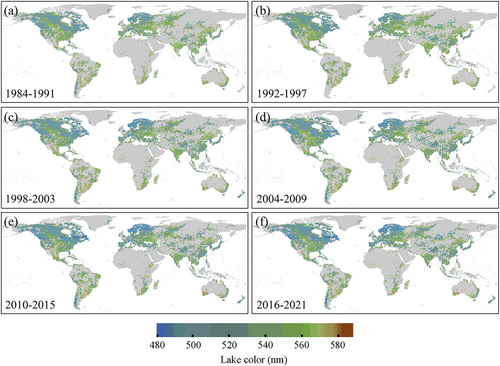A new study has revealed that a staggering majority of the world’s lakes have changed colour in the last 40 years. The research team analysed data sets containing 32 million satellite observations from over 67,000 lakes.
Photo description: Lake Bled surrounding Bled Island in Slovenia.The island has several buildings, the main one being the pilgrimage church dedicated to the Assumption of Mary. Photo by Niklas Jeromin / Pexels.
The colour of a lake provides an important indicator of its health status, as it is a direct reflection of the physical, chemical, and biological processes occurring within it. After cross-referencing with climate and population data, the researchers found only 14% of the lakes studied maintained stable colours over time. The fact that such a large majority of lakes have changed colour indicates significant ecosystem disruption caused by changes in water quality, algae concentrations, the flux of dissolved organic matter, and other contributing factors. The researchers reported an alarming 60% have undergone significant modifications, and the “results show the strong correlation between changes in lake colors, climate change and human impact”.
Image description: A figure showing the spatial distribution of global lake color during individual time periods from 1984 to 2021. Image from Shen et al. 2024.
Lakes are a fundamental component of terrestrial ecosystems that not only serve as habitats for countless aquatic and terrestrial species, but also play a key role in climate regulation and the supply of drinking water.
As climate change and human activity continue to alter natural landscapes, studies like this highlight the urgency of implementing sustainable strategies for water resource preservation. Understanding the factors behind lake color changes could be crucial for mitigating their degradation and ensuring water availability in the future.

